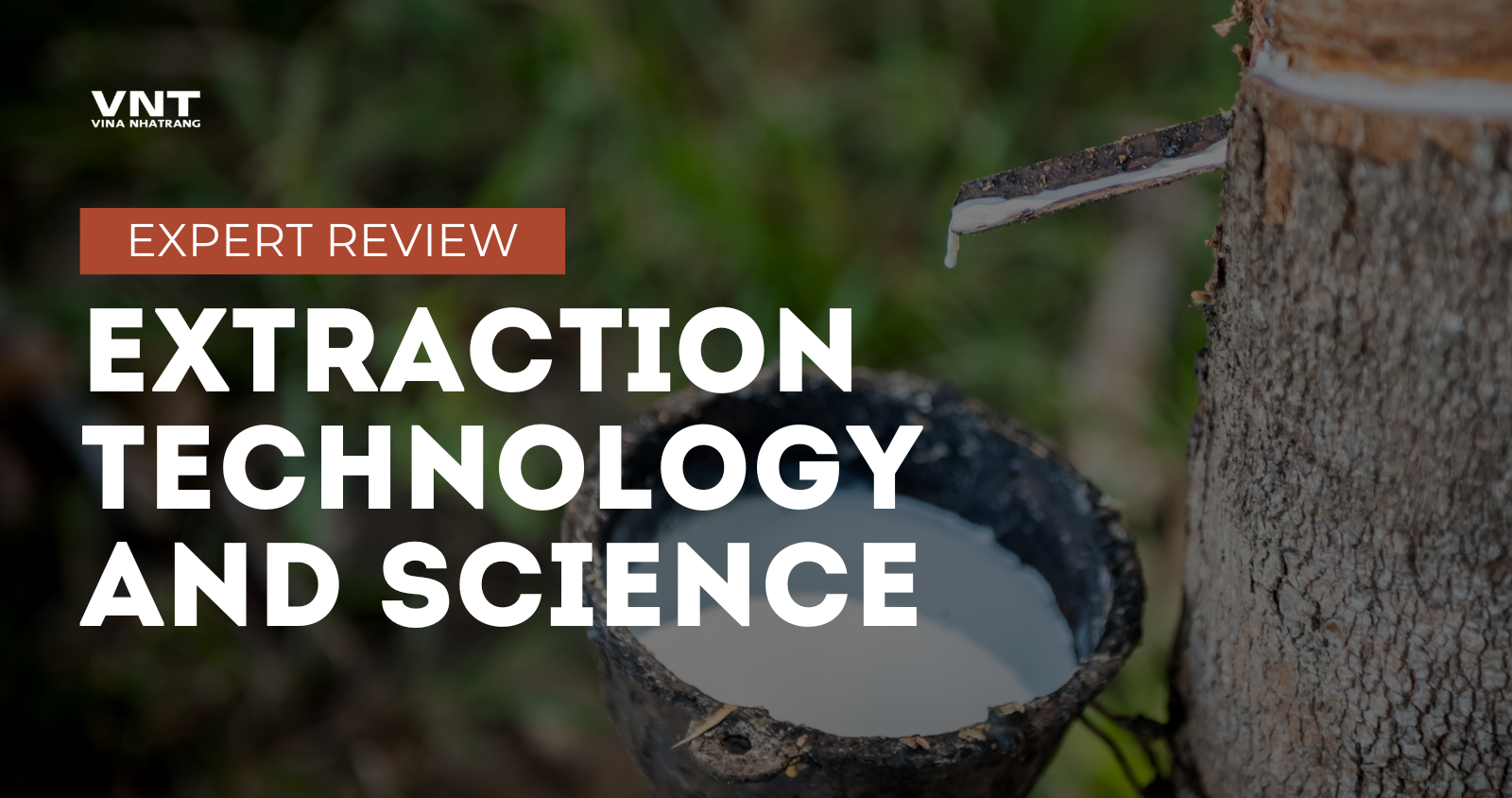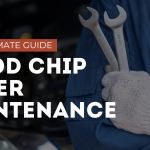The intersection of agricultural production and cutting-edge extraction technology represents one of the most promising frontiers in modern food science. As global demands for natural ingredients, functional foods, and plant-based alternatives continue to surge, the ability to efficiently extract valuable compounds from agricultural products has become a critical competitive advantage. These extraction technologies aren’t merely processing methods—they’re sophisticated systems that unlock hidden value in crops that farmers have grown for generations.
From the antioxidant-rich oils of specialty grains to the protein isolates of legumes, extraction science is transforming agricultural commodities into high-value ingredients that command premium prices in global markets. This evolution is creating new revenue streams for farmers while meeting consumer demands for cleaner labels and natural functionality.
The Evolution of Agricultural Extraction
Traditional extraction methods—pressing, distillation, and solvent extraction—have served agriculture for centuries. However, today’s extraction technologies represent quantum leaps in efficiency, selectivity, and sustainability:
- Supercritical fluid extraction uses compressed gases (typically CO₂) in a supercritical state to selectively extract compounds without leaving chemical residues.
- Ultrasonic-assisted extraction employs sound waves to disrupt cell walls, dramatically reducing processing time and energy requirements.
- Pulsed electric field technology applies brief electrical pulses to rupture cell membranes, enhancing extraction yields while preserving heat-sensitive compounds.
- Enzyme-assisted extraction leverages biological catalysts to break down cell structures, enabling gentler processing conditions and higher specificity.
These advanced methods are transforming agricultural processing from crude separation to precision extraction, preserving the integrity of valuable compounds while minimizing waste.
High-Value Compounds in Agricultural Products
The treasure trove of valuable compounds in agricultural products extends far beyond basic nutrition:
Bioactive Compounds
Plants synthesize thousands of specialized metabolites that offer potential health benefits:
- Polyphenols from fruits, vegetables, and grains exhibit powerful antioxidant properties
- Flavonoids from citrus, berries, and tea demonstrate anti-inflammatory effects
- Carotenoids from carrots, tomatoes, and peppers support eye health and immune function
- Alkaloids from various crops offer pharmacological applications
Extraction technology enables the isolation and concentration of these compounds for nutraceutical applications, functional foods, and natural medicines.
Essential Oils and Flavor Compounds
The aromatic essences of agricultural products represent some of the highest-value derivatives:
- Citrus oils extracted from fruit peels
- Vanilla compounds isolated from cured beans
- Herb and spice extracts with distinctive flavor profiles
- Wine and coffee notes captured through specialized extraction
Modern extraction methods preserve the delicate aromatic profiles that traditional techniques often damage, creating premium ingredients for food, beverage, and fragrance applications.
Proteins and Amino Acids
Plant proteins represent one of the fastest-growing segments in food ingredients:
- Pulse proteins from peas, chickpeas, and lentils
- Oilseed proteins from sunflower, canola, and flax
- Cereal proteins from wheat, rice, and ancient grains
- Leaf proteins from alfalfa and other forage crops
Advanced extraction processes can separate protein fractions with specific functional properties—gelation, emulsification, foaming—creating specialized ingredients for plant-based alternatives to animal products.
Specialty Lipids and Fatty Acids
The lipid components of agricultural products often carry exceptional value:
- Omega-3 fatty acids from flaxseed and algae
- Medium-chain triglycerides from coconut and palm kernel
- Phospholipids from oilseeds for lecithin production
- Specialty plant sterols and stanols
Precision extraction enables the isolation of specific lipid fractions while removing undesirable components like oxidative catalysts or off-flavor precursors.
The Industrial Impact of Advanced Extraction
The commercial implementation of advanced extraction technologies is reshaping agricultural value chains:
Upcycling Agricultural Side Streams
Perhaps the most transformative aspect of modern extraction is the ability to convert processing “waste” into valuable products:
- Fruit pomace becomes a source of dietary fiber and polyphenols
- Grain hulls yield valuable phytochemicals and prebiotic fibers
- Oilseed meal transforms into protein concentrates after oil extraction
- Coffee grounds provide feedstock for flavor compound recovery
These upcycling opportunities create circular economy models where virtually every component of agricultural raw materials finds productive use.
Enabling Clean Label Products
As consumers increasingly scrutinize ingredient lists, extraction technology enables product developers to replace synthetic additives with natural alternatives:
- Natural colors from fruit and vegetable extracts
- Plant-based preservatives from herb and spice extracts
- Botanical emulsifiers from seed extracts
- Natural sweetness enhancers from fruit extracts
The ability to isolate these functional components with minimal processing aligns perfectly with clean label trends.
Creating Ingredient Sustainability
Advanced extraction technologies typically reduce environmental impacts through:
- Lower energy consumption compared to conventional methods
- Reduced or eliminated chemical solvent usage
- Decreased water requirements through recycling systems
- Minimized waste generation through comprehensive utilization
These sustainability advantages translate to marketable claims that resonate with environmentally conscious consumers.
Emerging Frontiers in Agricultural Extraction
The future of extraction science promises even greater precision and efficiency:
Bioreactor-Based Extraction
Continuous flow bioreactors using immobilized enzymes enable real-time extraction of valuable compounds directly from plant cells, dramatically reducing processing time and increasing yields.
Precision Fermentation Integration
Combining extraction with controlled fermentation processes allows for the transformation of agricultural compounds into higher-value derivatives through microbial metabolism.
AI-Optimized Extraction Protocols
Machine learning algorithms analyzing thousands of extraction parameters can identify optimal conditions for specific compounds, maximizing yield and quality while minimizing resource inputs.
Nanotechnology-Enhanced Extraction
Nanoparticles functionalized for specific target compounds can dramatically increase extraction selectivity, enabling the isolation of previously unattainable high-value molecules.
FAQs About Agricultural Extraction Technology
How does extraction technology impact farm profitability?
Advanced extraction creates opportunities for agricultural value addition that can significantly increase farm income. By enabling the production of premium ingredients from conventional crops, extraction technology helps farmers capture more of the final product value. Additionally, the ability to extract valuable compounds from what were previously considered waste streams creates entirely new revenue opportunities. Many farming cooperatives are now investing in regional extraction facilities to keep more processing value in rural communities rather than surrendering it to distant processors.
What extraction methods are most suitable for small-scale operations?
Several extraction technologies have been adapted for smaller operations:
- Cold-press mechanical extraction requires relatively low capital investment
- Water-based extraction using pressure and temperature modulation
- Steam distillation for essential oils from aromatic crops
- Enzyme-assisted aqueous extraction systems
These methods offer accessible entry points for farm-based value addition, with equipment often available at scales suitable for individual farms or small cooperatives.
How do extraction methods affect nutrient content in the final product?
Extraction selectivity significantly impacts nutritional profiles. Gentler methods like supercritical CO₂ extraction and enzyme-assisted processes typically preserve more heat-sensitive vitamins and bioactive compounds than conventional solvent extraction. Water-soluble nutrients like B vitamins and minerals partition differently than fat-soluble components like vitamins A, D, E, and K. Modern extraction technology allows processors to target specific nutrient fractions while minimizing degradation, creating products with enhanced nutritional density.
What regulatory considerations apply to extraction technologies in food processing?
Extraction processes must comply with food safety regulations in target markets:
- Solvent residue limits are strictly regulated in food-grade extracts
- Process aids like enzymes may require regulatory approval
- Novel extraction technologies often undergo New Process Review in some jurisdictions
- Organic certification places additional restrictions on allowable extraction methods
Working with food regulatory consultants early in technology development helps avoid compliance issues that could delay commercialization.
How can farmers identify crops with high extraction potential?
Several factors influence a crop’s extraction value:
- Concentration of target compounds (measured through analytical testing)
- Ease of compound accessibility within plant tissues
- Stability of valuable compounds during storage and processing
- Market demand for the extracted components
- Complementary value of remaining biomass after extraction
Agricultural extension services and university food science departments often provide crop assessment services to evaluate extraction potential for specific varieties.
Conclusion
The science and technology of agricultural extraction represent a profound opportunity to reimagine our relationship with crops. Beyond their basic nutritional value, agricultural products contain complex matrices of compounds with applications ranging from health promotion to sensory enhancement to functional performance.
As extraction technology continues to advance, we’re witnessing a fundamental shift in agricultural economics—from commodity production based on yield per acre to value-added agriculture measured by compound extraction and functionality. This evolution creates opportunities for both global agribusiness and small-scale producers to participate in higher-margin markets.
The most exciting aspect of this field lies in its potential to create truly sustainable agricultural systems. By finding value in every component of crops, advanced extraction enables circular agricultural economies where waste becomes virtually non-existent. The plant that provides our daily bread may also supply the compounds that heal our bodies, enhance our foods, and even power advanced materials—all through the transformative potential of extraction science and technology.
For farmers, processors, and consumers alike, the future of agricultural extraction promises a more efficient, sustainable, and valuable relationship with the bounty of the earth.




